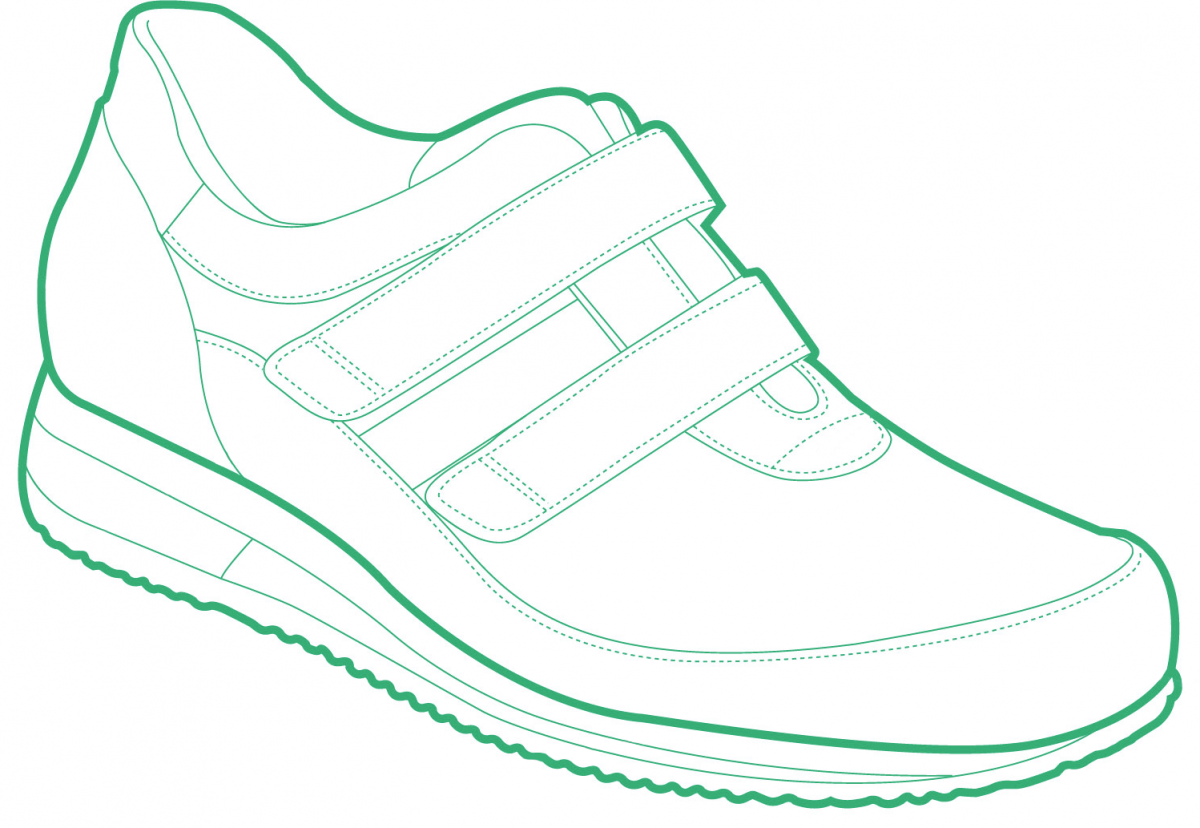
Extra inner volume
1 of 6Self-mouldable upper
2 of 6Biomechanical outsole
3 of 6Filoform toe box
4 of 6Seamless lining
5 of 6Stabilising back counter
6 of 6Technology and research for a unique product
Podartis, with over 30 years of research into the main pathologies of the foot, has made a fundamental contribution to defining the technical principles: